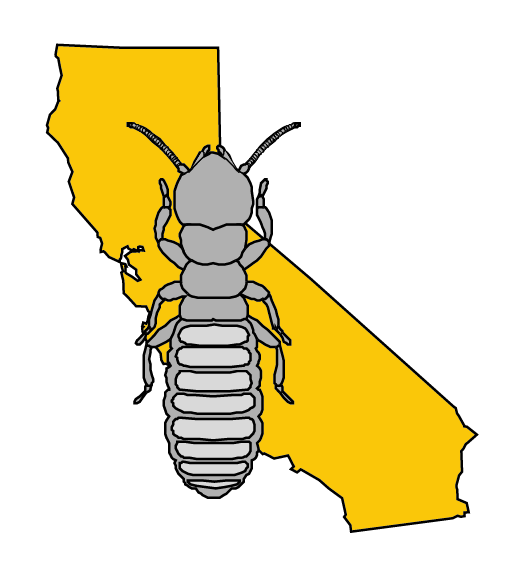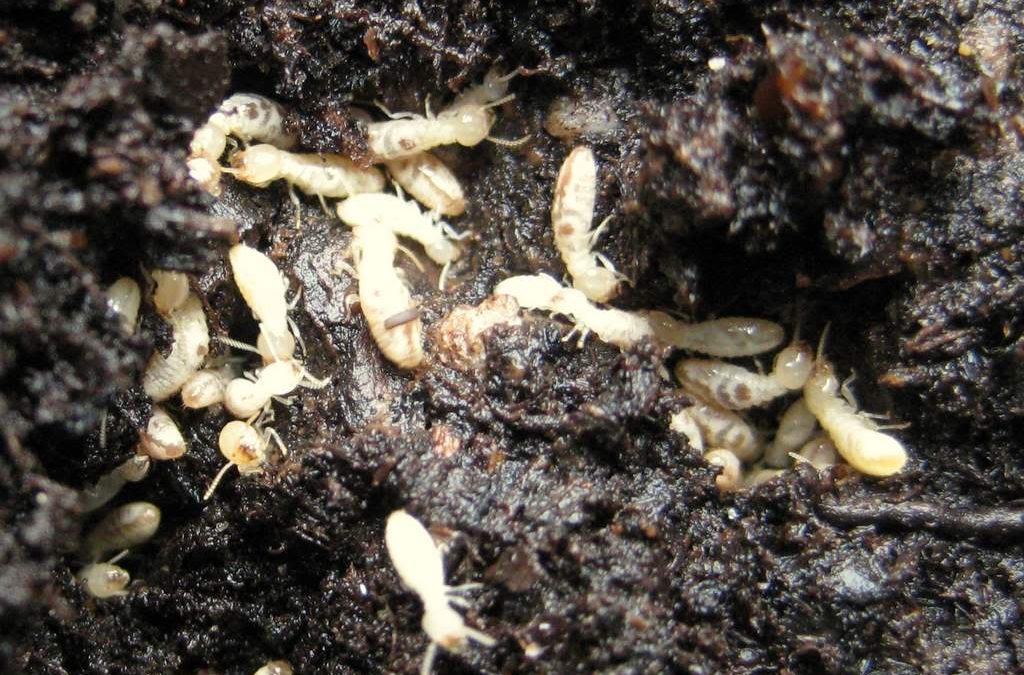
Subterranean Termites Repelled By Essential Oils
February 3, 2022When people find themselves at the mercy of an in-home termite infestation, the main question on the minds of residents is often: “how did termites get into my house in the first place?” The answer to this question often depends on the species-type of the offending termites. Many people are aware that termites come in three common varieties. These different types of termites include, drywood, dampwood and subterranean termites. Subterranean termites are responsible for the vast majority of termite infestations in manmade structures. In these cases, there is often little mystery as to how the infestation started. Subterranean termites travel below the ground, as their name would suggest. Eventually subterranean termites encounter houses that contain large sources of wood, water and soil, all of which are resources that subterranean termites require for survival. Once these homes are found, subterranean termites simply build mud-tubes from the ground soil in order to access a home’s timber frame. However, the causes of structural termite infestations that involve drywood and dampwood termites are more difficult to determine since they do not require soil contact for nourishment. A single piece of wood, most often rotting wood found in forests, is all that most drywood termite species need in order to thrive. These termites do not need to dwell within soil, so they do not reach homes on their own, as subterranean termites do. Consequently, the cause of structural drywood termite infestations are often difficult to determine. As it turns out, many plant enthusiasts may be unknowingly risking termite infestations by purchasing potted plants.
Termites are generally harmless to non-woody plants, but many plants with harder bodies are pinpointed by termites. Potted plants should never be placed directly on top of ground soil, since subterranean termites can easily access these potted plants. Potted plants release moisture which is absorbed by nearby ground soil. The resultant moist hotspots are known for attracting termites, and this problem is especially common during the summer months. These are just a few of the reasons why placing potted plants on decks and patios is a must for those who do not want to be surprised by termites. Most termite infestations in potted plants are caused by subterranean termites, but drywood termites have been known to infest plants that people have purchased and then brought into their homes.

